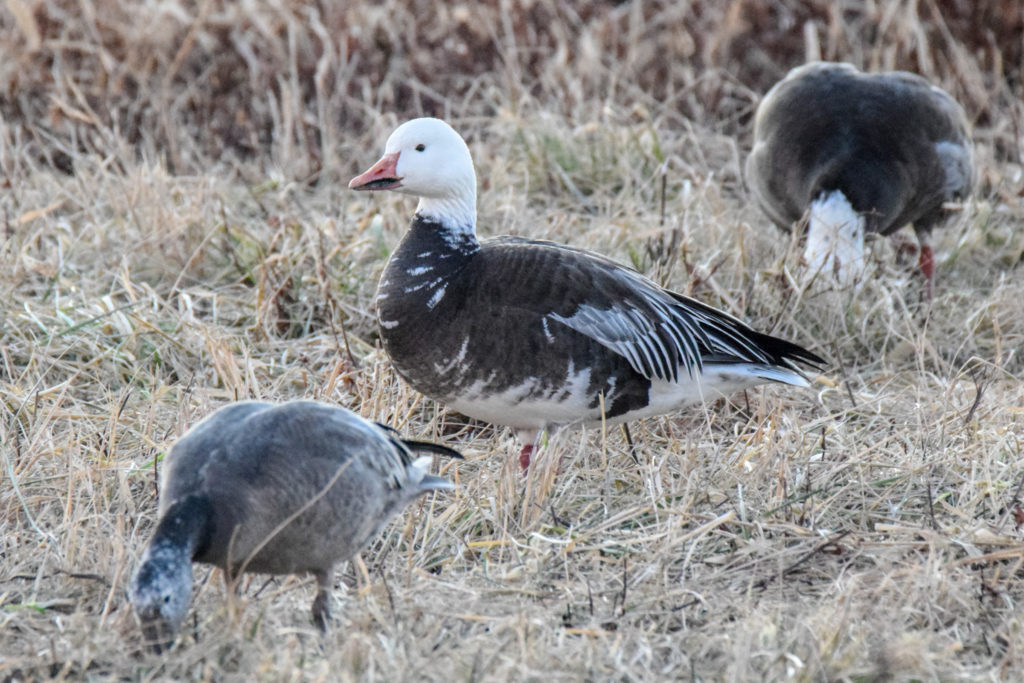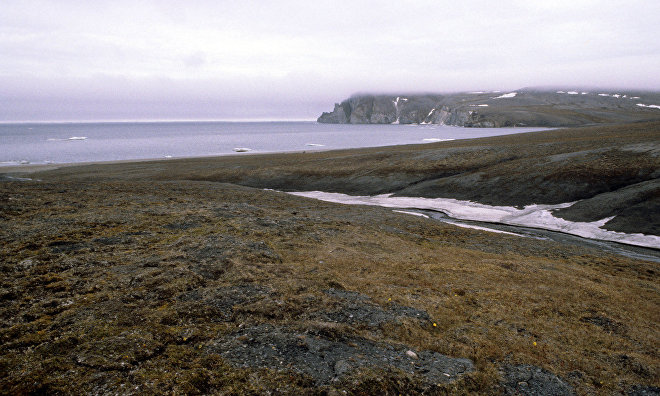
The official USFWS Waterfowl Population Status 2019 and light goose hatch report has been released. We’ll cut through the report and summarize the key points of the light goose status for 2019.
While it does appear there were good breeding conditions and an average hatch across much of the light goose breeding areas, some colonies may have experienced delayed nesting, predation of the nests and broods, and cold, wet weather which can be very difficult for young goslings to survive.
Overall it appears the fall flight will have more young birds than 2018, especially guys hunting the Pacific Flyway with the Wrangel Island birds. Hatch results and juvenile survival rates across the remaining areas will be hit-and-miss, and scouting will continue to be key to finding more cooperative flocks with better juvenile bird ratios. As always, the guys that put in the miles and the work will have success. Let’s get after it!
Light Goose Hatch Report Summary:
In 2019, spring phenology was earlier than average across much of Alaska and the eastern Arctic and Subarctic. Ice or snow cover on 2 June 2019 compared to the same date in 2018 was generally comparable in the central and western Arctic and Subarctic but less extensive in other areas (National Ice Center 2019).
Biologists reported early spring phenology or good breeding conditions at Bylot, Bafn, Akimiski, Southampton, and Wrangel Islands, the Ungava Peninsula, and in southwestern Alaska; average conditions in northern Alaska and some areas of the central Arctic and Subarctic (Queen Maud Gulf and southwestern coast of Hudson Bay); and below-average conditions at Banks Island and some areas of the northwestern coast of Hudson Bay.
* It’s important to remember breeding surveys and subsequent reports are not a sampling of the entire light goose population, not all breeding areas are surveyed, and not all surveys and reports are available at time of publication. Some data from previous years is used in the USFWS population estimates.
Ross’s Geese
- 2019 estimate -25% from 2018 // -6% 10 year trend (2018 numbers).
- 2019 breeding population estimated at 337,000.
Note: Years presented refer to year-1. Therefore the 2019 numbers are actually 2018’s numbers, and so forth. Official numbers are not available at the time of report.
Ross Geese are are annually surveyed at Karrak Lake in the Queen Maud Gulf region.
Ross’s geese nest primarily in the Queen Maud Gulf region, but increasing numbers are nesting in other areas of the central and eastern Arctic and along the western coast of Hudson Bay.
Mid-continent Population
- 2019 estimate -9% from 2018 // -3% 10-year trend (2017 numbers).
- 2019 adult population estimated at 12,009,000 (2017 numbers).
Note: Years presented refer to year-2. Therefore the 2019 numbers are actually 2017’s numbers. Official numbers are not available at the time of report.
Western Arctic (Pacific Flyway)
- 2019 estimate +4% from 2018 // +7% 10-year trend.
- 2019 breeding population estimated at 1,414,000.
Western Arctic lesser snow geese nest primarily on Banks Island, with smaller colonies in coastal areas of the Northwest Territories, and along the Alaskan Arctic Coastal Plain. WA lesser snow geese primarily winter in central and southern California, the western Central Flyway, and the northern highlands of Mexico. Light geese in the Pacific Flyway (Pacific Flyway Population) are indexed by fall and winter surveys in California, Oregon, Washington and British Columbia.
Wrangel Island Lessers
- 2019 estimate +45% from 2018 // +12% 10-year trend.
- 2019 breeding population estimated at 442,000.
Lesser snow geese in the Pacific Flyway originate from nesting colonies in the western and central Arctic and on Wrangel Island, Russia. Wrangel Island lesser snow geese nest on Wrangel Island. Western Arctic and Wrangel Island lesser snow geese mix during winter and also occur with MCP lesser snow geese and Ross’s geese. Wrangel Island lesser snow geese principally winter in the Skagit-Fraser River Deltas in British Columbia and Washington and in northern and central California.
Greater Snow Geese
- 2019 estimate -19% from 2018 // -2% 10-year trend
- St. Lawrence Valley (Quebec) breeding population estimated at 714,000.
Greater snow geese nest on Bylot, Axel Heiberg, Ellesmere, and Bafn Islands, and in Greenland, and winter along the Atlantic coast from New Jersey to North Carolina. This population is monitored on spring staging areas near the St. Lawrence Valley in Quebec by an annual aerial photographic survey.
Read the full report here:


